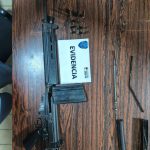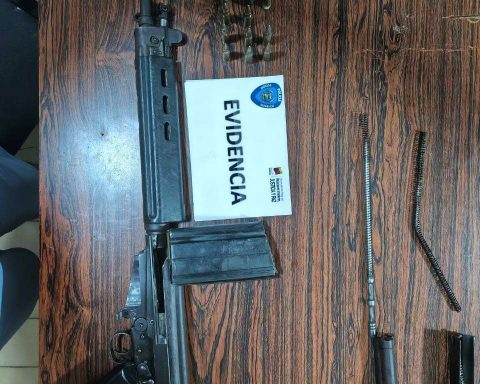A group of Uruguayans created a solution to a problem that every year leaves the tamberos economic losses: leg problems in cattle.
Depending on the cattle herd and its management, the percentage affected by this problem varies, but it is estimated that between 15% and 50% of a herd present it per year. And that causes production to drop, and therefore, the same thing happens with money.
As a result of that he was born CowIA, a startup that plans to bring artificial intelligence and machine learning to the tambos to identify early which cows are sick. The proposal arose as a spinoff of the Agtech innovation area of the Krebz company; the firm began to advance in digitization and what began as a project became a startup that today is looking for its first clients and also investors, he told Coffee and Business Fabrizio De Luca, member of CowIA.
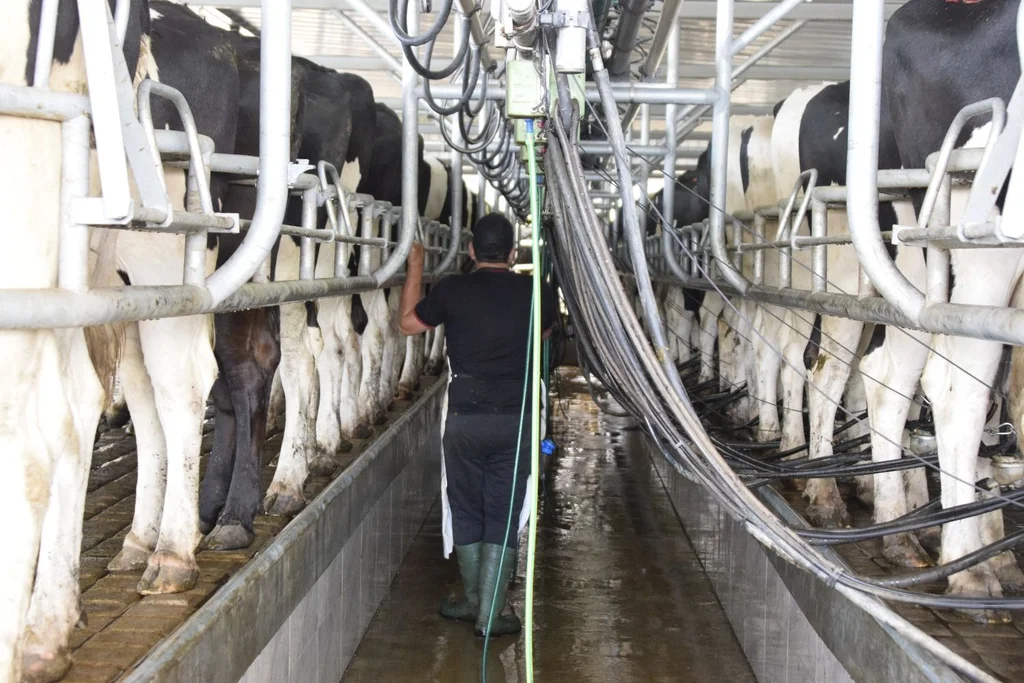
Analia Pereira
The leg problem causes economic losses in agricultural properties.
lame cows and cameras
The lameness of cows affects reproduction and also milk production. If the leg problem is not addressed early, the loss in milk production can be as much as 25% during illness, and can extend into the animal’s performance even when healthy, he explained. To this must be added the expenses of veterinary services and medicines. Therefore, for entrepreneurs, it is vital to recognize the problem early in order to solve it before it escalates. “That’s the added value,” De Luca said.
The idea is simple, with a camera that is installed at the entrance to the milking parlors, the cows are filmed when they walk, and an algorithm detects which of them are sick. How is this detection done? Following an international standard known as locomotive score, which is sorted by grade (for example, grade 1, 2, 3, 4, or 5) and allows you to categorize the foot problem. Those degrees are measured by how the animal walks, its posture, and the curvature of its back.
Animal monitoring can be done in real time, since in addition to the software and the filming equipment in the field, the producers will have an app available in which they can see the data of each animal registered in a form. There you will be able to see in detail at what level of the score are found, how many of them have leg problems and also how much money they are losing per day due to this condition.
The equipment, which consists of a camera and a computer, is installed in the field, and to access data analysis in real time, producers must have an internet connection.
“This solution comes to optimize resources, improve animal health and optimize the economic resources of producers. The feedback that we have had is very good”, mentioned the entrepreneur.
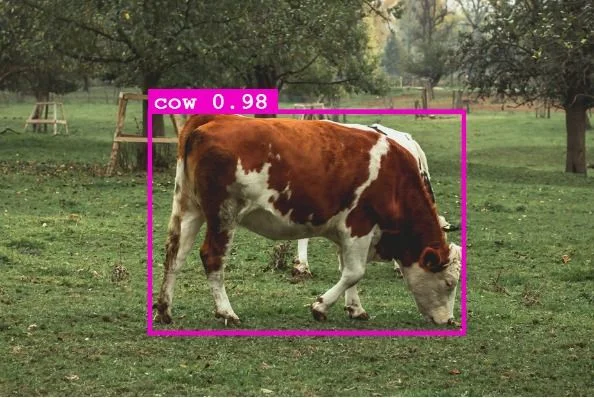
cowIA
The system evaluates the posture of the cattle.
The price for the tamberos
The creators of CowIA, experts in agriculture and technology, set themselves a challenge: to solve an agricultural problem with digital tools.
Developing a technology of this type has a cost that exceeds US$ 200,000DeLuca reported. Although it is not yet officially defined how much this technology can cost the tambero, the entrepreneurs are studying the possibility of propose the price in relation to the value of the liter of milk and also to the size of the herd.
The business model can be “membership type for number of cows,” explained the entrepreneur. In other words, the dairyman could be charged a certain amount of money per month or year for a certain number of animals and the cost of a liter of milk. “The implementation (of the machines) is not expensive, it is a (business) model that we see that it works and that it can accompany the producer,” he said.
The system is currently in training, and the equipment has not yet been installed in the fields.
The team of entrepreneurs, made up of agricultural and computer technicians, currently works with the Center for Innovation and Entrepreneurship (CIE) of the ORT University, where they incubated the startup, and from where they study how to improve before launching into the market.
Training
The technology works with machine learningwhereby, entrepreneurs must train the system with thousands of images of cows so that they identify the animals and compare their walking with the locomotor score, and thus, report whether or not there is a problem with the feet.
According to De Luca, it is possible to train the algorithm to identify other types of animals, so the company has the opportunity to grow thinking about other types of livestock, for example sheep or pigs. Another opportunity that the entrepreneur sees in the business is that the tool can identify other types of problems, such as spots or body condition of the animals.
In addition to addressing a problem that attacks dairy farmers, this tool will also make it possible to create data for livestock, highlighted the entrepreneur, since it will be possible to generate information about the performance of cattle, the percentage of incidence of foot disease and its impact on production.
With this initiative, with which the entrepreneurs have traveled various parts of the country and also abroad, they have been awarded and also nominated for new awards. In 2022 CowIA won the PwC innovation award, in the startups category, and currently the team was nominated for the Go Global Awards, which reward innovative products and services.
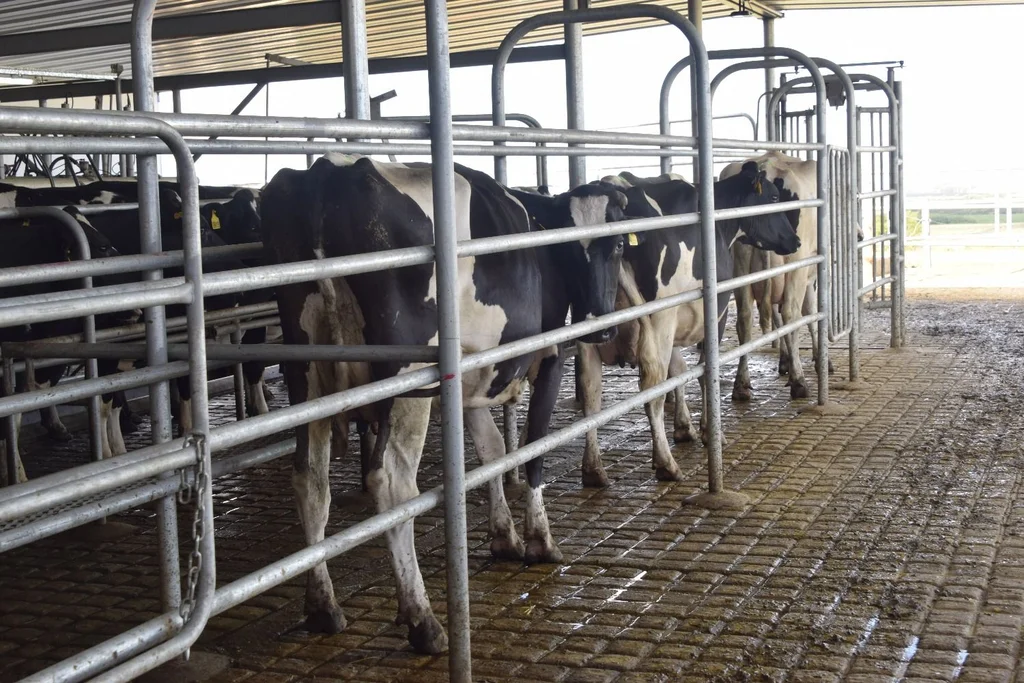
Analia Pereira
The startup plans to install filming equipment at the entrance to the milking parlors.






